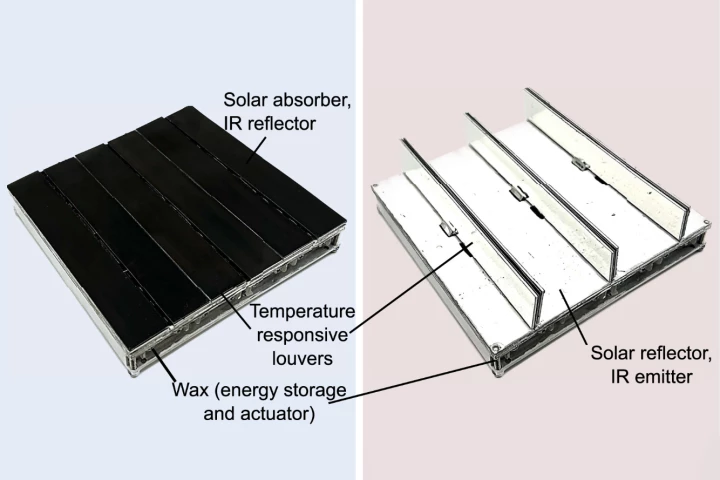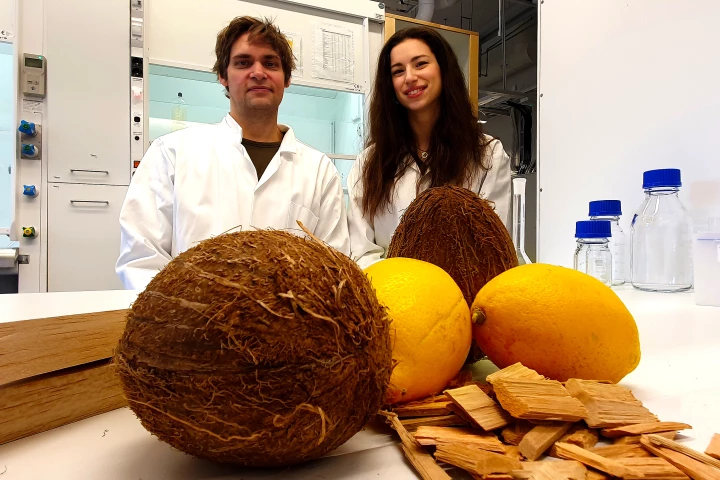Thermal
-
Imagine having a picture on your wall that completely changes when the room gets too warm. Engineers at MIT have created a new printing technology called Thermochromorph to make full-color images that switch in response to temperature.
-
Water can hold a huge amount of thermal energy, and a new system to tap into this is being trialed in Scotland. A startup called SeaWarm uses heat stored in bodies of water for buildings, pulling four times more heat out than electricity used.
-
A new heat-to-energy converter has reached a record efficiency of 44% – the average steam turbine manages about 35%, for comparison. This thermophotovoltaic cell is a major step on the way to sustainable, grid-scale renewable energy storage.
-
An energy supplier in Finland has announced the upcoming construction of an underground seasonal thermal energy storage facility about the size of two Madison Square Gardens that could meet the heating demands of a medium-sized city for up to a year.
-
A new industrial-scale “sand battery” has been announced for Finland, packing 1 MW of power and a capacity of up to 100 MWh of thermal energy for use during those cold polar winters. The new battery will be 10 times bigger than a prior pilot plant.
-
Defense contractor Teledyne FLIR has unveiled its new thermal sniper scope that can see its own bullets fly by day or night at ranges up to 2,200 m (1.3 miles), allowing them to engage targets at long range while remaining unseen.
-
Using a temperature-driven "wax motor," researchers have created an adaptive roof tile system that helps keep a room at a comfortable 18 °C (65 °F). It delivers an extraordinary 3.1X reduction in cooling energy consumption, and 2.6X for heating.
-
In an average day, tropical oceans absorb about 278 petawatt-hours of solar energy. Harvesting just 1/4000th of that energy would supply the entire world's daily electricity – and ocean thermal energy conversion provides a possible method.
-
Energy prices around the world have been rising alarmingly since 2021. While some have shared advice on how to heat the person rather than the home, researchers at KTH are working on a building material that could help regulate indoor temperatures.
-
Ohio State researchers have shown how a common ceramic material can change its thermal conductivity in response to an electrical field, opening the door to solid-state heat switches that could make thermoelectric generators much more efficient.
-
Polar Night Energy says it's developed and commercialized a super-cheap, super-simple way of storing energy for anywhere between hours and months, simply using heated sand. Its first 8-megawatt-hour thermal battery has gone online in Finland.
-
The extremely hot interior of Earth is slowly cooling down, but exactly how fast is unknown. By studying how well a common deep-Earth mineral conducts heat, researchers have now found that the planet’s interior may be cooling faster than expected.
Load More











